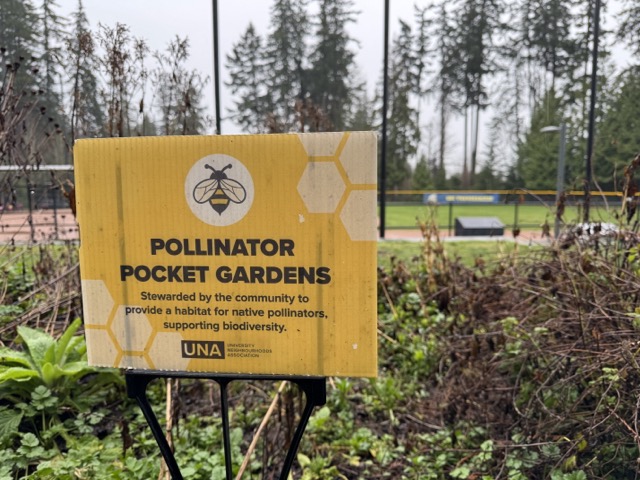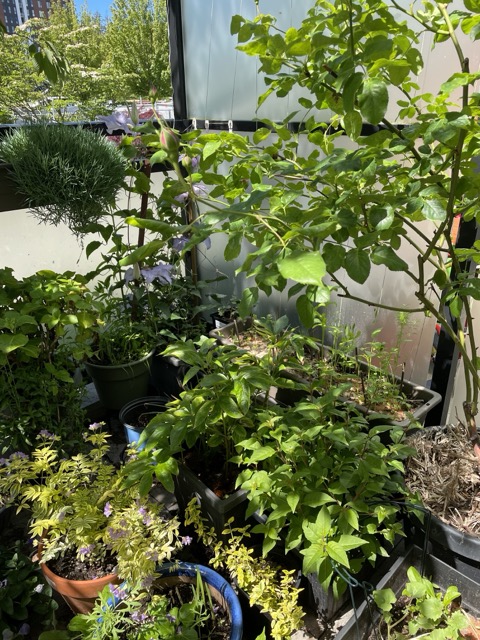Ask any gardener when they are relaxing on a warm spring evening outdoors, drink in hand, about the mental and physical health benefits of gardening, and they will be happy to tell you how being in the garden just makes them feel good.
Planting, watering, and even weeding provide opportunities not just for exercise, but for well-being. There’s plenty of research that supports what gardeners know from experience – just getting out there with the plants has multiple benefits.
As an avid patio gardener, I am the last person to suggest that apartment living means that people cannot have gardens in small spaces — you can do a surprising amount with containers in small spaces, as my garden will attest.
However, people with smaller, windier, or shadier balconies might find their opportunities limited. When they think about gardening, they might want to dig holes in the earth, and to have more scope to grow a variety of plants, rather than just a few pots.
The popularity of the community garden plots and the long wait-list show that UNA residents are looking for opportunities to get their hands dirty. Community garden plots offer a limited opportunity for people who want to grow specific types of crops. Not everyone wants to grow kale and tomatoes, even if they are patient enough to wait several years for a garden plot to become available.
Community garden plots are not the only places where plants are growing in our neighbourhoods, though.

garden plots in Nobel Park. (Photo: Emmanuel Samoglou).
There are plenty of little green spaces all over our neighbourhoods that have a few plants in them. Many of these spaces are boring or scruffy with a few sad plants that aren’t doing particularly well, and they get minimal attention from gardeners focused on keeping areas looking tidy, rather than interesting. Many of them are planted with monocultures of plants that provide little support for pollinators.
If you can identify what these floral cultures are, you’ll notice they’re picked because of their unfussy upkeep and ostensible inoffensiveness, but that’s a moot point, given that black-eyed Susans will never not be an eyesore.
What if these spaces could be tended by people who want the opportunity to do some gardening?
Boulevard garden initiatives in Vancouver and Victoria encourage residents in many neighbourhoods to take care of spaces like these. Likewise, community garden initiatives encourage residents to get involved with green spaces in parks and other locations.
The biodiversity planters and the pollinator gardens located near community garden plots both provide models of how community garden spaces could be enriched.
Allowing the spaces to be developed and maintained by volunteers would create opportunities for community to develop around gardening.
What if instead of the broad swath of stephanotis, there was a wildflower garden that supported more types of butterflies?
ROBYN STARKEY IS A WESBROOK PLACE RESIDENT AND A MEMBER OF THE CAMPUS RESIDENT NEWSPAPER EDITORIAL COMMITTEE.
